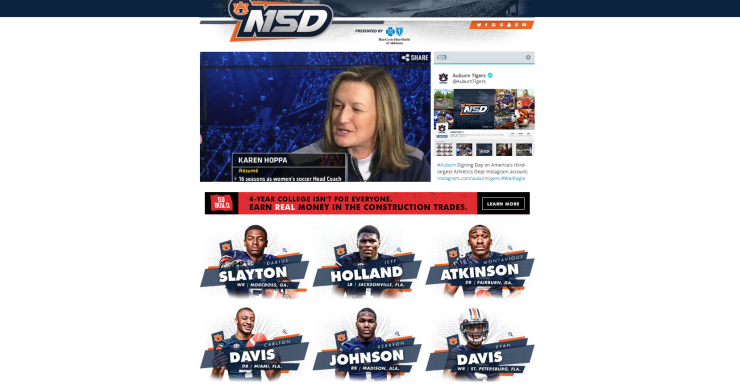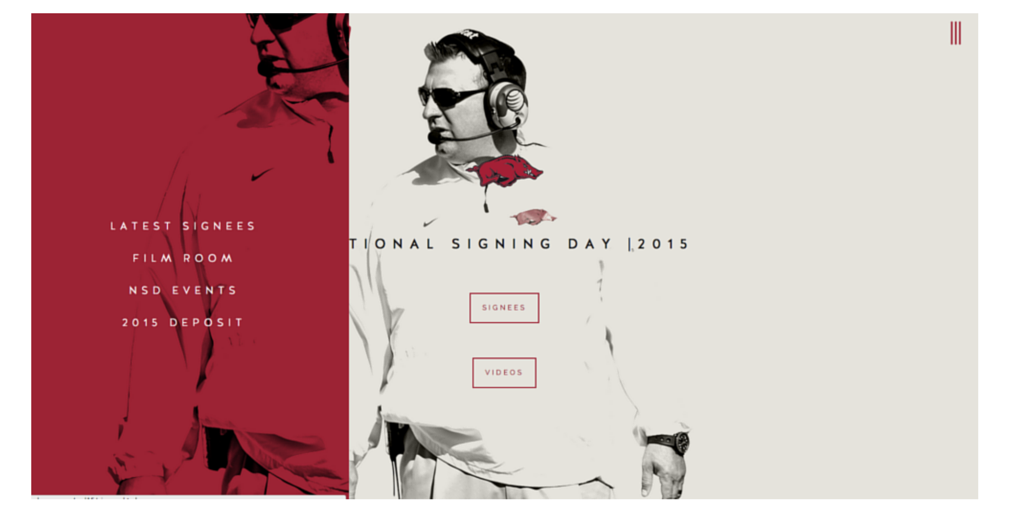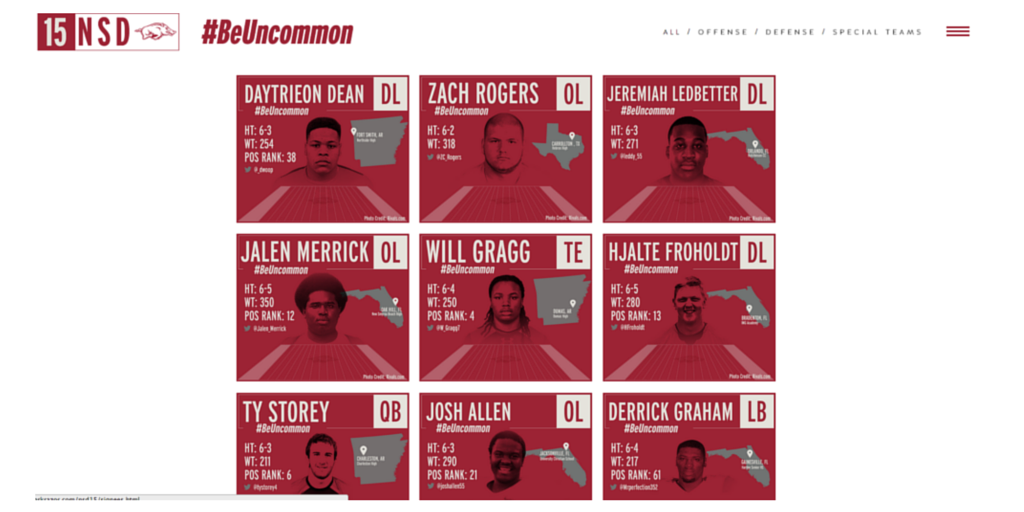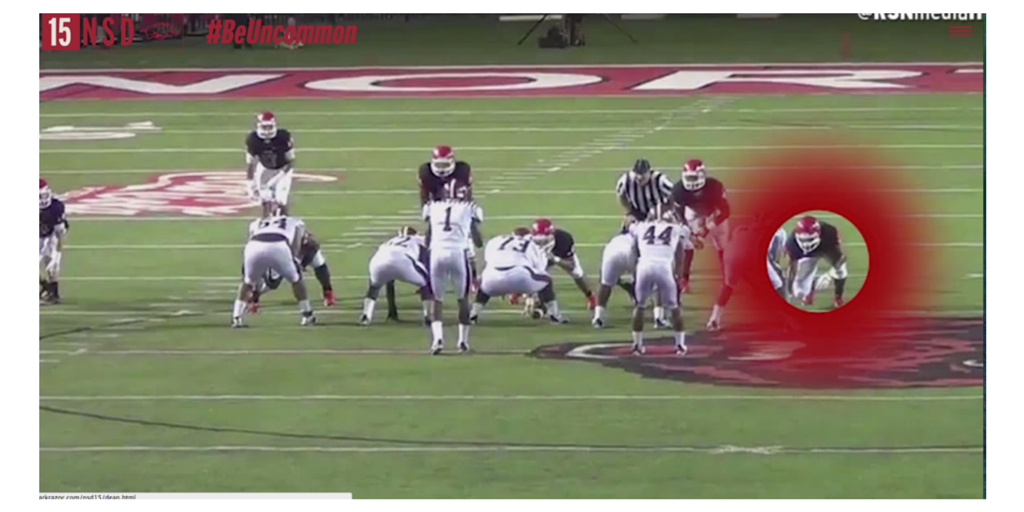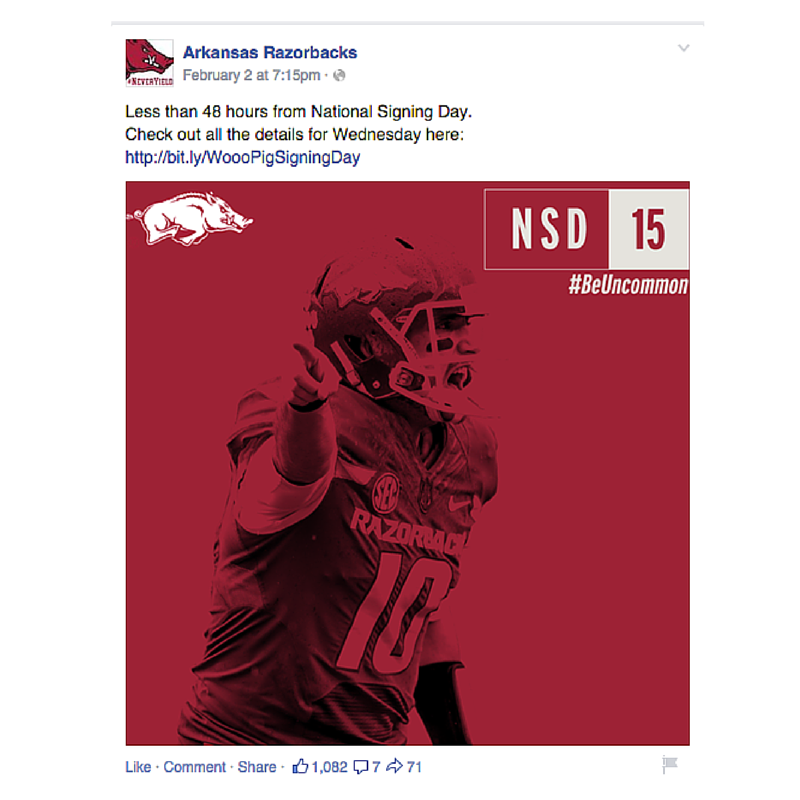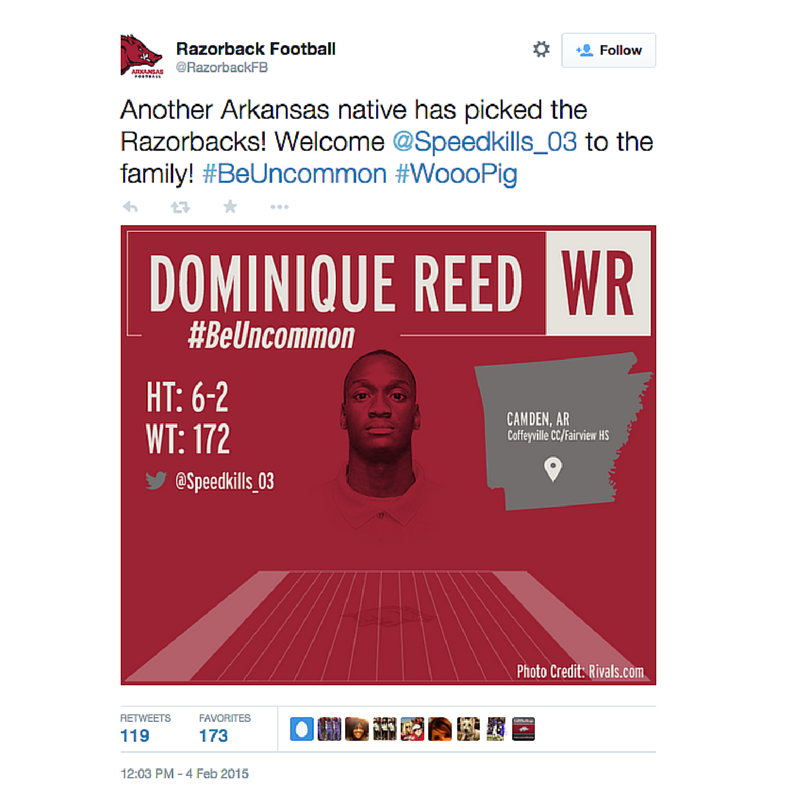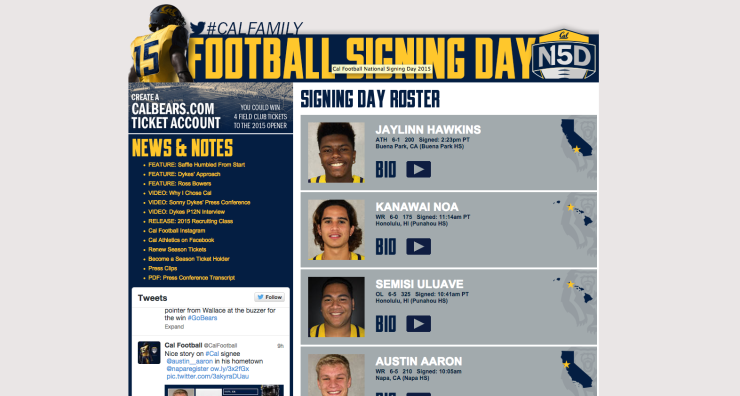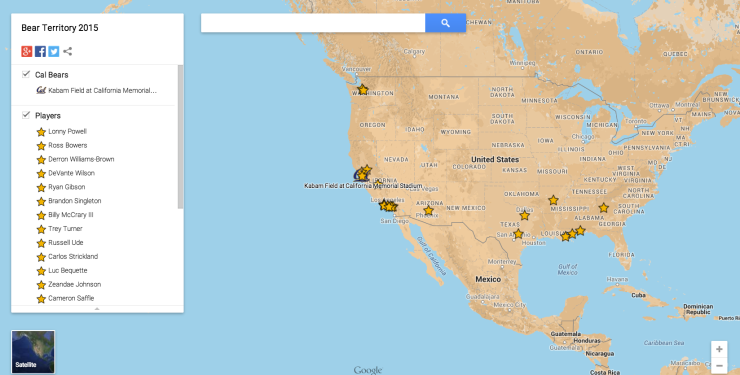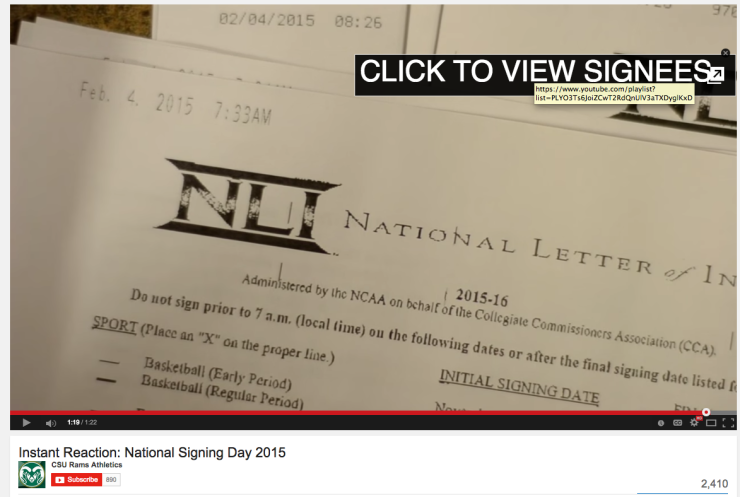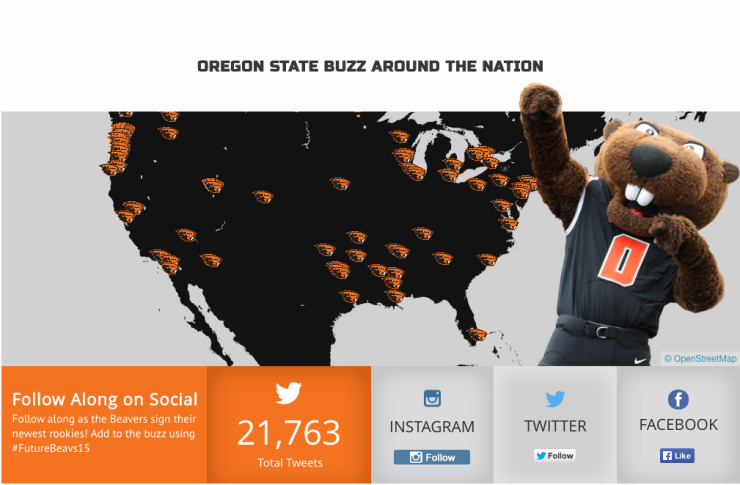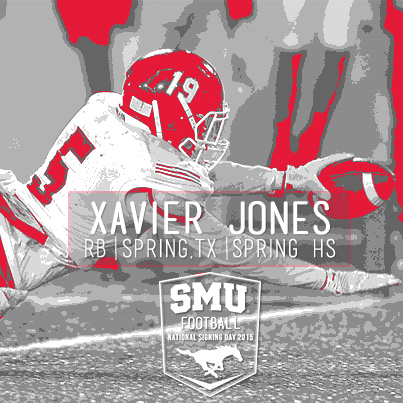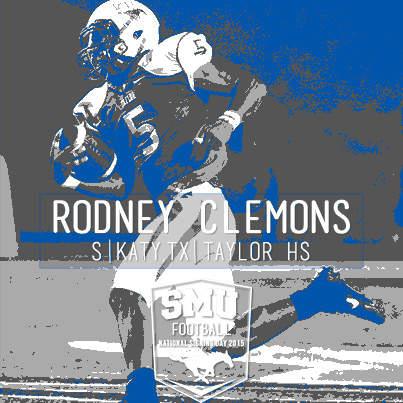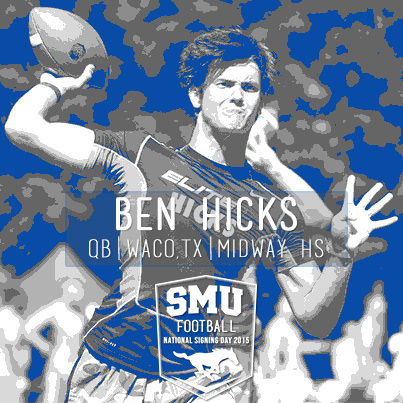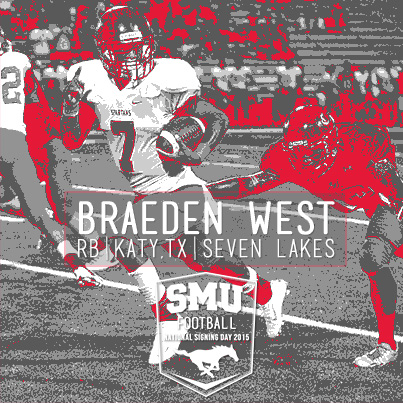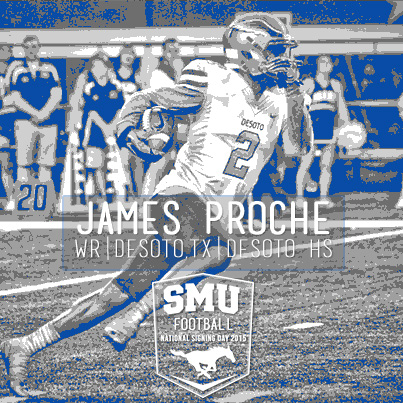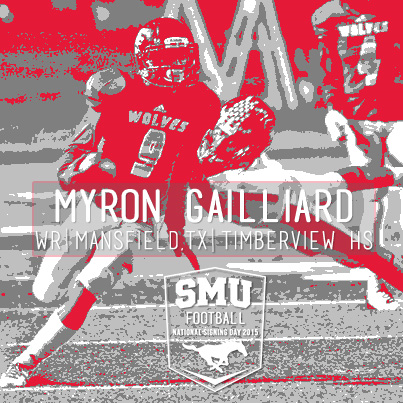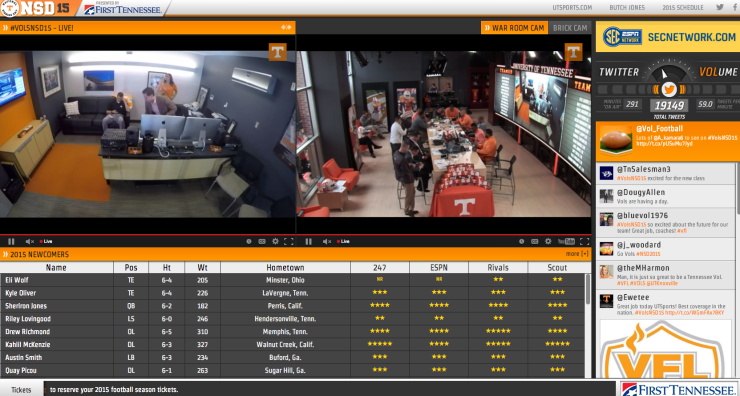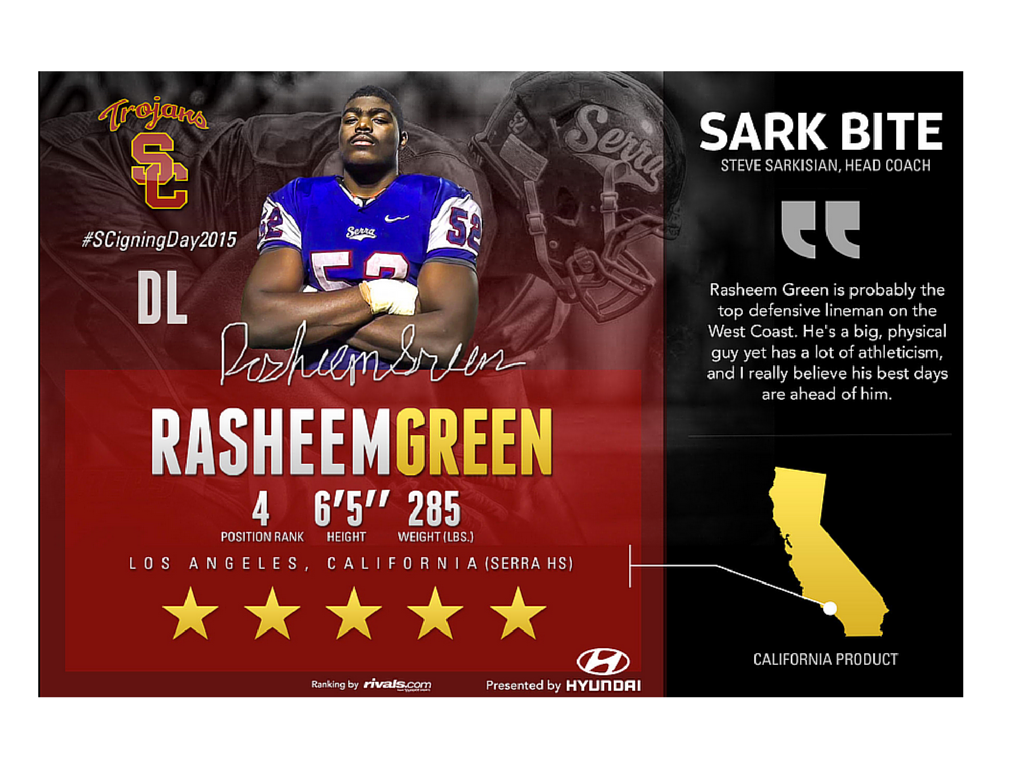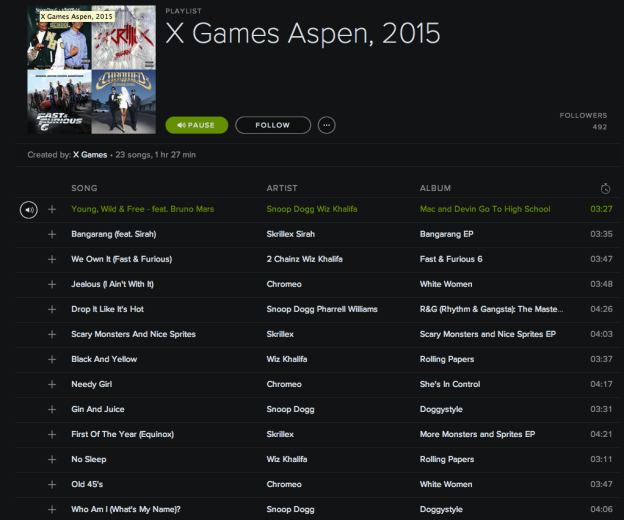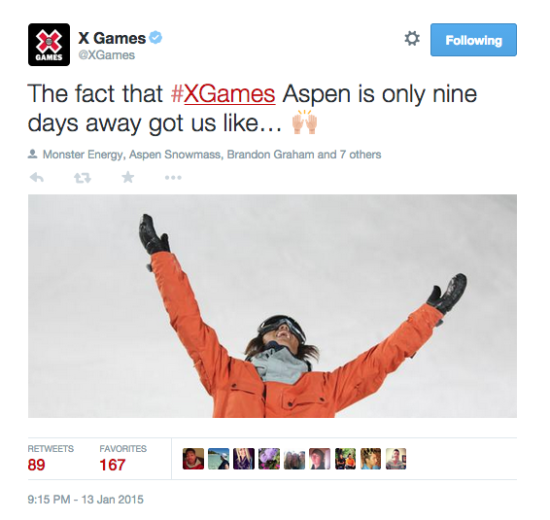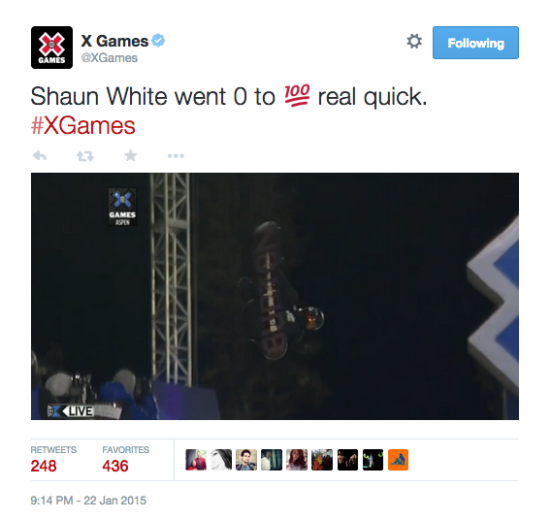There are many reasons to pay close attention to Instagram. As one of the fastest growing social espana-med.com, Instagram boasts 300 million monthly active users (via Instagram). An average of 70 million photos are shared each day on the app (Instagram), and the engagement is 15x that of Facebook’s (Fast Company). It’s hard to ignore the platform with numbers like that.
While most teams and leagues have a presence on Instagram, many take their content from Facebook and Twitter and slap it on Instagram too. It’s time to stop sharing the same content on all platforms, forcing links on Instagram and pushing gimmicky promos there. It’s time to start thinking about Instagram as a community; it’s time to take a strategic look at how to activate on the platform.
One of the teams that has caught my eye on Instagram lately is the @Dodgers. Their content is sharp and compelling. Here are three things that stand out to me:
No. 1- Images are stunning.
If you scroll through the Dodgers recent content, you’ll probably see some images that make you stop scrolling. The photos are a little more artsy than what we typically see in sports, but they work so well on the platform. They have an eye for the extraordinary in the ordinary. Take a look:
Instagram is one of the simplest platforms. It’s a visually inspired community that craves sharp, beautiful images. It’s not about pushing links and promos. Focus on why the consumer is there: To see stunning and engaging photos. If the @Dodgers are any indication, this approach works.
N0. 2- They leverage user-generated content.
The @Dodgers have realized something smart: There is a whole community of ambassadors out there creating compelling content about their brand. So, they’re leveraging this content in creative ways. From a “We Love LA” campaign to #TopDeckThursday, they have found a way to empower their fans to help to their story.
I’m a big fan of user-generated content: It gives you more content (while being cost effective), shows a different perspective and and connects fans even more to the community. Start leveraging it now.
N0. 3- Copy is short and sweet.
The Dodgers tend to keep their copy short and sweet. And, this is a great best practice. Instagram users aren’t going to the platform to read a book; they are going there to consume content quickly and easily. Remember to keep your copy short and sweet.
Instead of treating Instagram like every other platform, take a step and think about how you can cultivate a community the right way. As the Dodgers prove, there’s value in using compelling images, leveraging user-generated content and keeping it simple.
What are some of your favorite sports-related Instagram accounts? Be sure to share them below!
Thanks for reading!
